Having a solar powered generator can be functional, economical and fun. There are many different practical uses depending on the size of generator you decide to build.
You can find step-by-step plans below to build a portable solar power generator and a link to get plans to build a full size solar generator.
Materials List
All parts below are parts available on Amazon. You can click on any picture to see items.
12v Solar Panel
A solar panel converts the sun’s energy into Direct Current, or DC electricity. Solar panels come in a variety of different sizes and shapes. You can get this 10watt solar panel for around $35. You can get a 100w panel for about $100 more. However, the 10w panel weighs around 2lbs. and the 100w weighs around 20lbs.
12v battery
Batteries are used to store the power from a solar panel so that power can be used at some future time. The battery in your car is designed for short periods of high energy output. You need a battery that is designed for continuous power output. The battery below will cost you around $38.
12v cigarette lighter/USB adapter
This will allow you to recharge any battery-operated item that has a cigarette lighter adapter or a USB. You can get this one for around $15.
Inverter
This will convert the stored DC power in the battery into AC power. Lower quality inverters provide intermittent power and are not recommended. Also, better inverters usually include a voltage meter which will monitor the charge in your battery.
I recommend getting an inverter that is between 500-1500W. Many of these also have USB ports built in for direct charging for things like phones. A 500w will cost you around $36 but will not include a voltage meter; a 1500w will cost you $133.
Charge controller
This is needed to prevent damage to the 12-volt battery, primarily through overcharging. You can get one of these from $13-$35.
Other Materials
Once you begin building, you may find that you need basic wires or connectors. You can search for “solar wires and cables” on Amazon if you need connecting wires. What you need will depend on what parts you decide to buy. Some items come with connecting wires and some do not. Also, many people like to put this in a container. I have seen everything from a 4 pistol case to a homemade built box used.
Wiring Diagram
Conclusion
As you can see, building a portable solar power generator is quite simple. These can be great devices that are fun to build. They are, however, limited in their practical uses.
Using a full size solar power generator is just like using a gas generator and can provide any range of either backup power or main power source.
There are many reasons for wanting or needing a generator including normal electrical failures, natural disasters, terrorist attacks, EMP, power grid failure, etc. If the loss of electricity becomes long term, gas generators will eventually become useless. Solar generators are silent which eliminates the high theft rates of gas powered generators during natural disasters and other times of need.
To see plans to build a full size solar power generator, Click Here.
About Tom Hayden

Solar Energy Enthusiast
and creator of Green Living Kit
Hi, my name is Tom Hayden and I have been studying, building and using solar energy, wind energy and green energy for over 30 years.
There has never been a better time to go green. You can save money by building your own systems and save money by using them.
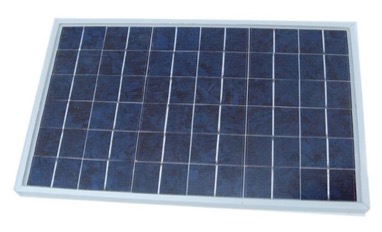
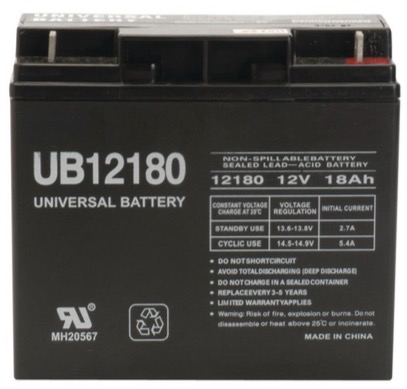
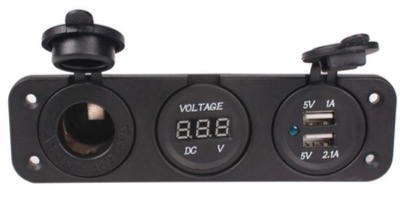
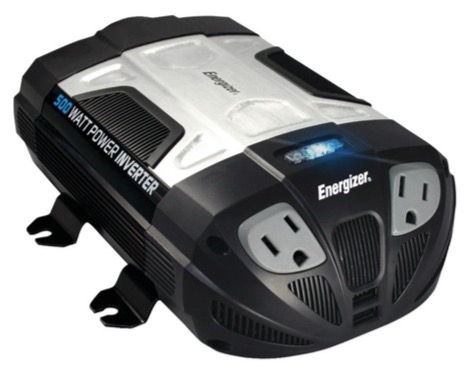
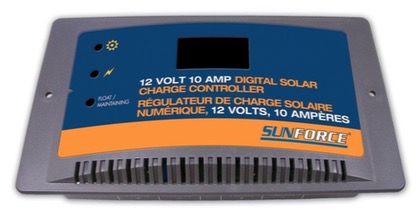
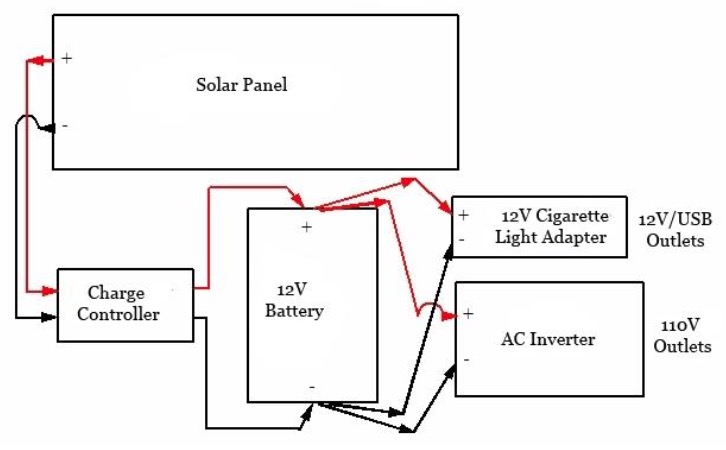
Will this setup be enough to power a small greenhouse heater through the winter?
Christina,
I did not write this article so I am truly not qualified to respond to this, but I’m pretty sure that this wet up will not run a heater. Electric heaters draw a great deal of wattage and it would take a lot to supply one in the dead of night with just stored energy.
Christina,
The plans in the post are for a portable generator and would not be sufficient for running a heater. However, the plans available through the link can be configured to do so. It also includes the “know how” to figure out how much energy you need to produce based on what you are powering.
hi there, if you need to keep plants warm use a deep trough and put horse manure in the bottom, then topsoil then compost. The fermenting manure generates enough heat and goodness to keep the plants doing well for ages!
Simone, London UK
Thanks Simone, the same process is often used to generate a little bit of bottom heat for rooting cuttings.
How is the generator connected to the house utilities? I guess an electrician is needed to connect to the panel? Thank you. This is great info and simple enough for me to understand.
Realize that the plans in the post are for a portable generator and would not be powerful enough to run your utilities. However, the link included in the post for the full size generator can.
How long does the battery hold the charge? Using only 1 battery seems like a waste of a 100 watt panel; can I link multiple batteries?
Hey Tim
The battery life depends on what you are powering.
Remember these are plans for a portable system and that is why one battery is used.
You can add more batteries. To gain more power and to run a larger system, check out the main guide through the links in post.
Tom
love your tips and innovations your article on solar power will go down a treat in australia thanks for all bill
I’m glad you enjoyed the info. Australia is a great place for solar for sure.
Tom
With the rising cost of electricity this is really great information. I also found expandable kits on amazon that makes this information even that much more valuable..
Electricity cost seem very likely to go up over the next few years so you are definitely right.
Yeah there are all kinds of options out there. If you click on any of the pics, it will take you to Amazon.
Will these items support a bigger solar array? In other words,would I be able to add more solar panels to the original set up or would I need to upgrade these items for a bigger system??
Yes and no. There is other factors to consider as you move uo in size like wire guage, wattage/hour, etc.
The main guide that is linked to in the post is designed for a larger system.
Thanks for the question.
Tom
I like this
I am so happy you liked the post.